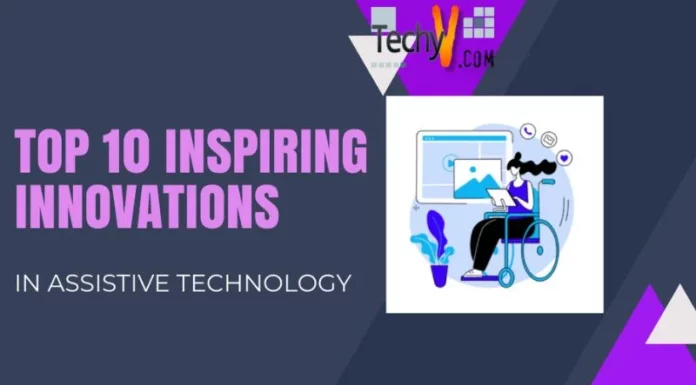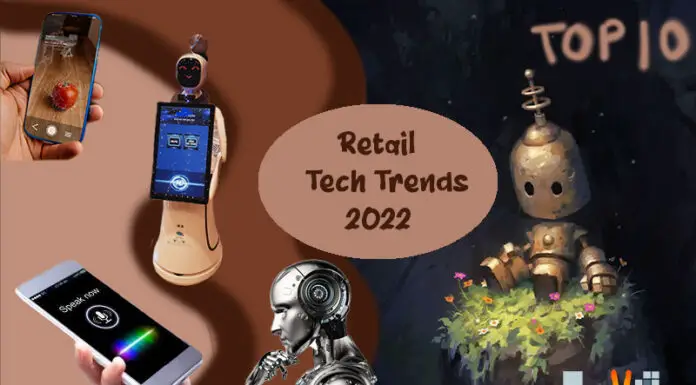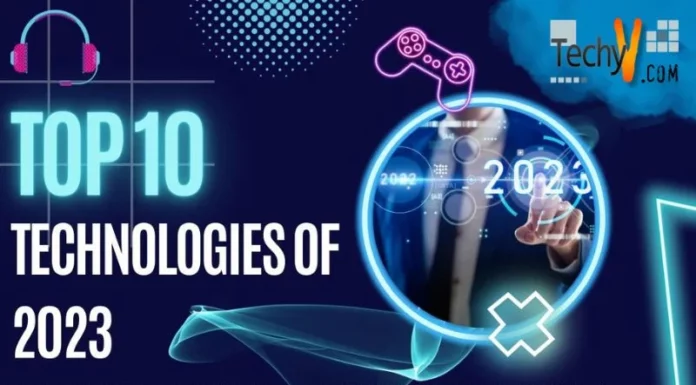The future is such a horrible place. A significant number of our most considerable feelings of dread originate from vulnerability about the future, and innovation has made the future extremely uncertain without a doubt. So here is the rundown of the top 10 fears of future innovation.
1. Tracking of individual information
Protection concerns rule many individuals’ fears today. For example, Facebook’s security breach saw the openness of almost 50 million users’ data. Security breaches can lead to prompt cyberterrorism assaults, data fraud, and financial problems.
2. Cyberterrorism
Cyberterrorism indeed sounds startling, consolidating the trendy expressions of cyber and terrorism. However, what is it? There is certainly no solitary, settled-upon definition because the limits between cyberterrorism, illegal intimidation, cybercrime, and cyberwar are inconsistent. This could mean fearing a terrorist sending off a cyberattack against power lattices, producing offices, or Wall Street.

3. Social Networking Sites
With an ever-increasing number of individuals via online entertainment stages like Facebook, Instagram, and Twitter, organizations and government authorities attempt to comprehend how a country’s state disinformation campaigns can affect social media.

4. Drones
Drones are tops in the most-dreaded innovative progression. Aiding agrarian or battling rapidly spreading fires, independent robots can be valuable for some reasons. However, the overall population is adequately worried about the potential protection infringement drones present. So while a robot flying upward can be innocuous fun, according to a specialist, it can cause most of us to feel like we’re being watched.
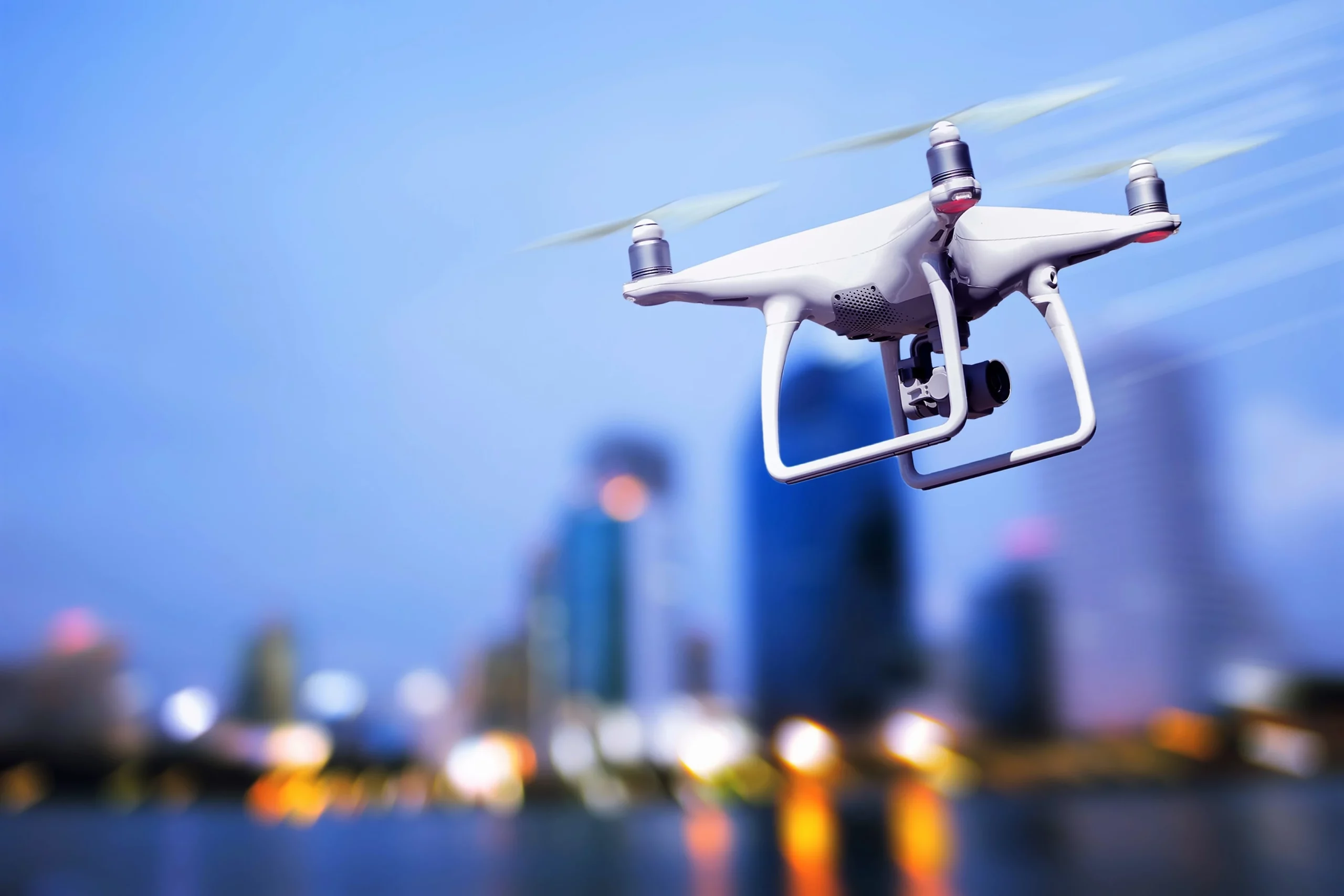
5. Robots
In many famous science fiction films, robots haven’t always been depicted in the best light. The most startling part about these advancements in computerized reasoning? The possibility of robots assuming control over our labor force.
The labor force could change because of expanded mechanization. And keeping in mind that apprehensions emerge over the possibility of computerized reasoning assuming control, individuals keep on embracing the innovation. Two out of every five people use robot specialists by really looking at their side effects online first before counseling a specialist.

6. Self-driving vehicles
One review into fears encompassing technology uncovered that self-driving vehicles were among the top worries across all ages. While certain vehicles out and about now have autopilot or driver-help modes, the idea of a vehicle that drives entirely all alone can be a reason to worry. Without somebody physically moving or “jumping in the driver’s seat,” these self-driving vehicles should pursue decisive choices all alone.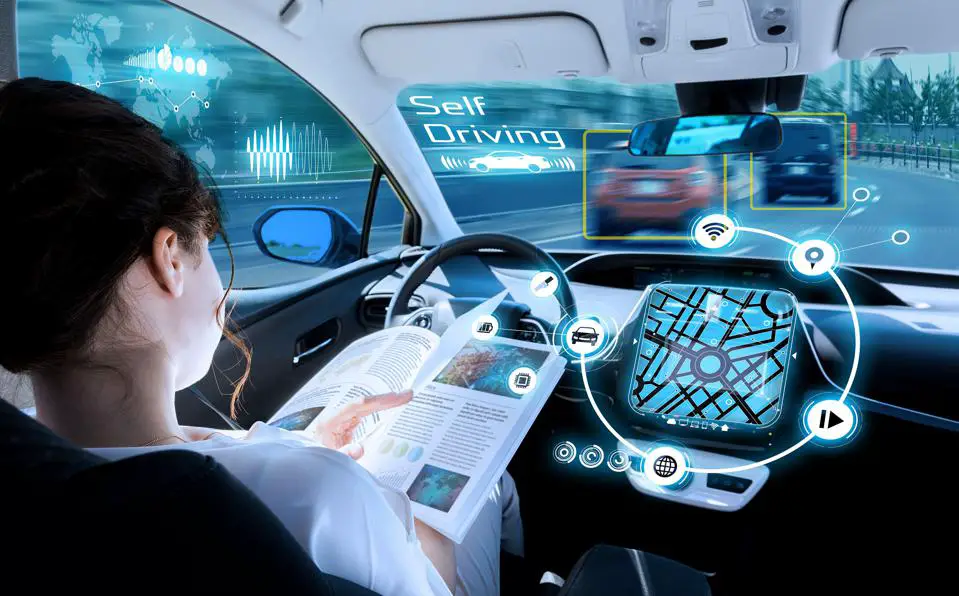
7. Home surveillance
Smart home gadgets have acquired a tonne of prevalence over the last few years, with brilliant TVs, smart home gadgets, and even child screens bringing more cameras and facial recognition technologies into our homes. For example, Amazon’s Alexa and its capacity to “listen in” in discussions, alongside Smart TVs gathering information. These brilliant gadgets might be helpful and make life more straightforward, but they also make it progressively simplify life for crooks to hack, take, and sell individual data.

8. Artificial intelligence and the economy
As artificial advances, there are worries about what this will mean for the inventory of human laborers. Society is too scared to address if AI will sting a more significant number of occupations than it will make.

9. Rural broadband
In 2018, the US and different nations settled programs inside rustic networks like the absence of admittance to broadband administrations. Organizations will start to chip away at and send off new associations to make new answers to furnishing provincial broadband to regions with restricted admittance and keep on shutting the hole this year and throughout the next ten years.
Indeed, most fears regarding technology originate from an absence of information. The feeling of dread toward the obscure can make us dread terrible things. While there are expected traps in new and arising tech, the principal reason for manufactured brainpower and the web of things is to further develop humanity and the lives of society.

10. Missions to Mars
By 2030, a mission to Mars could be plausible assuming at least one of the plans by government space organizations and privately-owned businesses works out. Yet, some issues aren’t under human control. For example, unforeseen sun-powered tempests could raise the radiation on Mars to deadly levels. Also, there is no guarantee that different PCs and life-emotionally supportive networks will work appropriately. Indeed, even a protected landing isn’t ensured, although researchers have gained ground in recognizing promising destinations utilizing the different automated wanderer landing missions hitherto.






